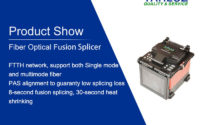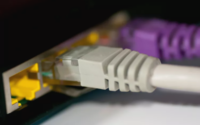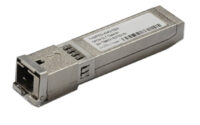Understanding Common Fiber Optic Patch Cord Structures (For Beginners and Network Buyers)
When it comes to building or upgrading a fiber optic network, choosing the right patch cords is crucial for long-term performance and reliability. Let’s break down the most common structures of fiber optic patch cords and what makes them suitable for different applications.
Simplex vs Duplex
Simplex Patch Cord: Contains one fiber, used for one-way data transmission.
Duplex Patch Cord: Contains two fibers, used for bi-directional communication—common in SFP transceivers and routers.
Cable Jacket Types
PVC (Polyvinyl Chloride): Used indoors, flexible, flame-retardant.
LSZH (Low Smoke Zero Halogen): Releases no toxic fumes—ideal for enclosed or populated areas.
Armored: Contains a steel layer for additional protection in harsh environments.
Color Codes and Fiber Modes
Color Fiber Type Mode Application
Yellow OS1/OS2 Single-mode Long distance, 10G/40G/100G
Aqua OM3 Multimode 10G up to 300m
Lime OM5 Multimode SWDM, 100G over 150m
Connector Types
LC: Compact, common in data centers
SC: Push-pull, often in telecom
FC: Screw-on, used in test labs
ST: Twist-lock, legacy systems
Final Tip:
When ordering fiber patch cords, always confirm the following:
Fiber mode (SM/MM)
Connector type
Length
Jacket type (PVC, LSZH, Armored)
A small detail can impact signal quality, loss, or compatibility with your devices
In Conclution
Feel free to contact our team for assistance with product selection or technical support. We’re here (Tarluz) to help ensure your network runs efficiently and reliably from day one.


